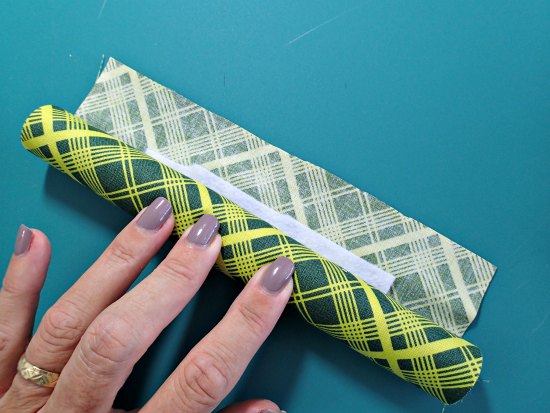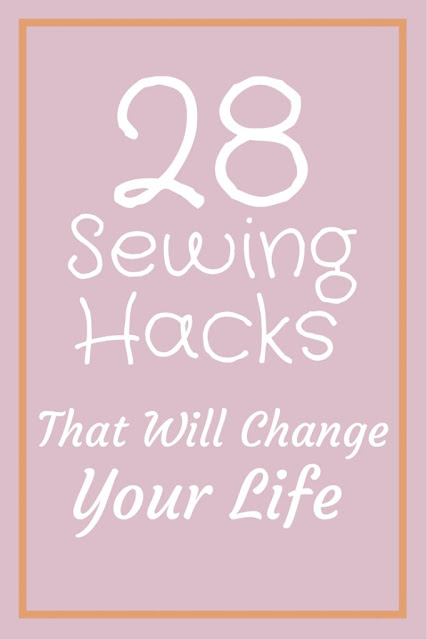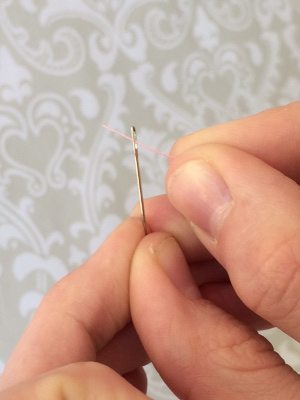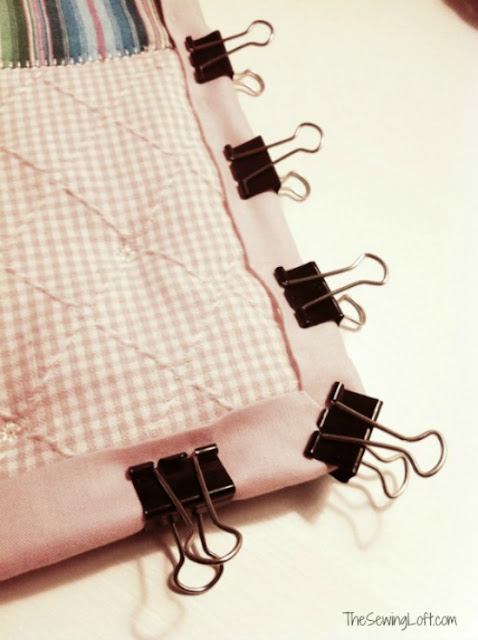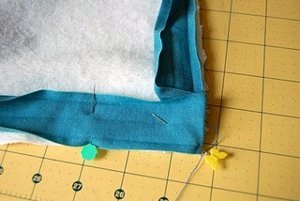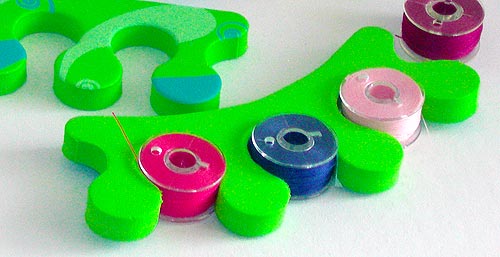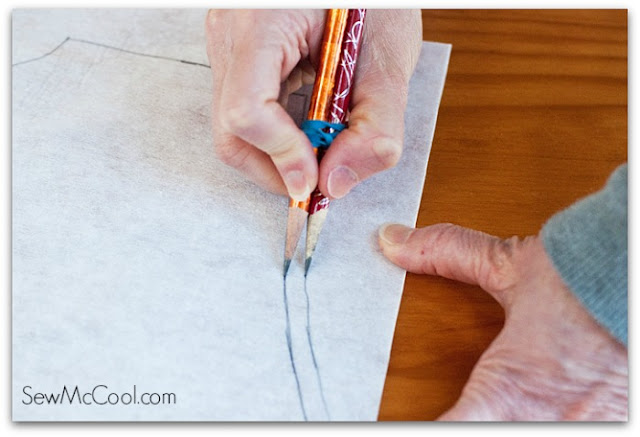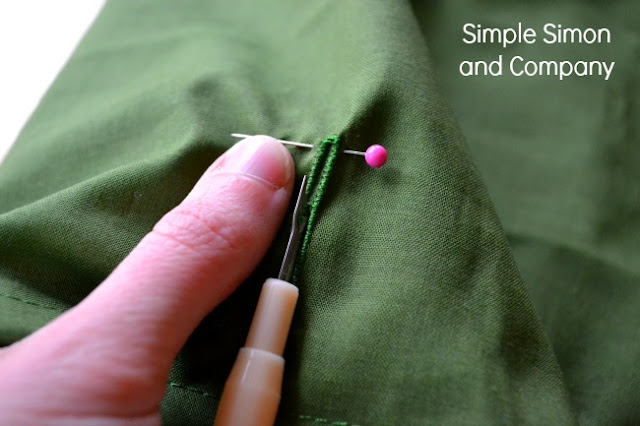Bangle wall hangings
I love wearing accessories that match my outfit. But what do you do so when u have so many bangles of same color and you aren’t wearing them anymore? Well here is what you do with it – Bangle craft ! Yes! I bought these new glass bangles to materialize my bangle craft idea and with lot of efforts,after breaking so many bangles in vain, i finished it with a beautiful bangle craft wall hanging! Read more on how to make these in simple steps!
Materials required to make bangle craft :
- Glass bangles
- Candle & matches
- Feviquick
- Thread
- Kundan/button/mirror/embellishment ( Itsy Bitsy cut mirror)
- Wire cutter
Tutorial for making Bangle Craft :
- The whole idea of making this bangle craft lies in bending the glass bangles and that requires some practice – you are gonna waste atleast 3 bangles to learn the right heat and right pressure to be applied. So here we go :
- First of all take caution while making this bangle craft because it requires breaking the glass bangle and also heating them so this is strictly NOT a kids craft.
- Take your bangle and cut a small piece out of it using the cutter. The size of the piece is your wish – the larger the size, thinner & smaller will be your petal size. Do not throw away your smaller piece cz thats going to be used for making smaller flowers :)
- Now, mark the center of your bigger piece – that has to be atleast nearer to the center or else you will end up with petals having tails!
- Light your candle. Now hold your marked point of your bangle piece right above the flame. The glass bangle is going to take atleast 1 or maybe another half more minute to start being flexible. (Tip: While you holding the bangle above the flame, do not try to bend it. Just hold it loose. As it heats up, it will bend on its own).
- Bend the bangle in such a way that the two open ends come together. ( Do not heat the bangle further as it can make it curl and that will make the gluing up part difficult)
- The number of petals that you make totally depends upon your choice. Here, I have used 4 petals in two layers for the main flower and 5 petals single layer for the smaller flowers.
- The smaller glass bangle pieces that were cut out can also be bent the same way as before but with a little more caution as they are smaller pieces and might heat up more.
- Now before you glue up the petals into a flower for the base layer, its better to mark the layout arrangement on a paper and start gluing so that you dont end up in an assymetric shape.
- For the ssecond layer, arrange the petals over the first layer such that the flower looks complete.
- For making the single layered flower, Ive used a small but if transparent sheet over which the petals were arranged and glued.
- Now hang them up the way you feel like of stick them with double sided tapes :)
- Did you like this glass bangle wall hanging? Do try them out yourself and link them to back to me so that i can see them too :) Also, here are some other glass/metal bangle projects i would love to try out









